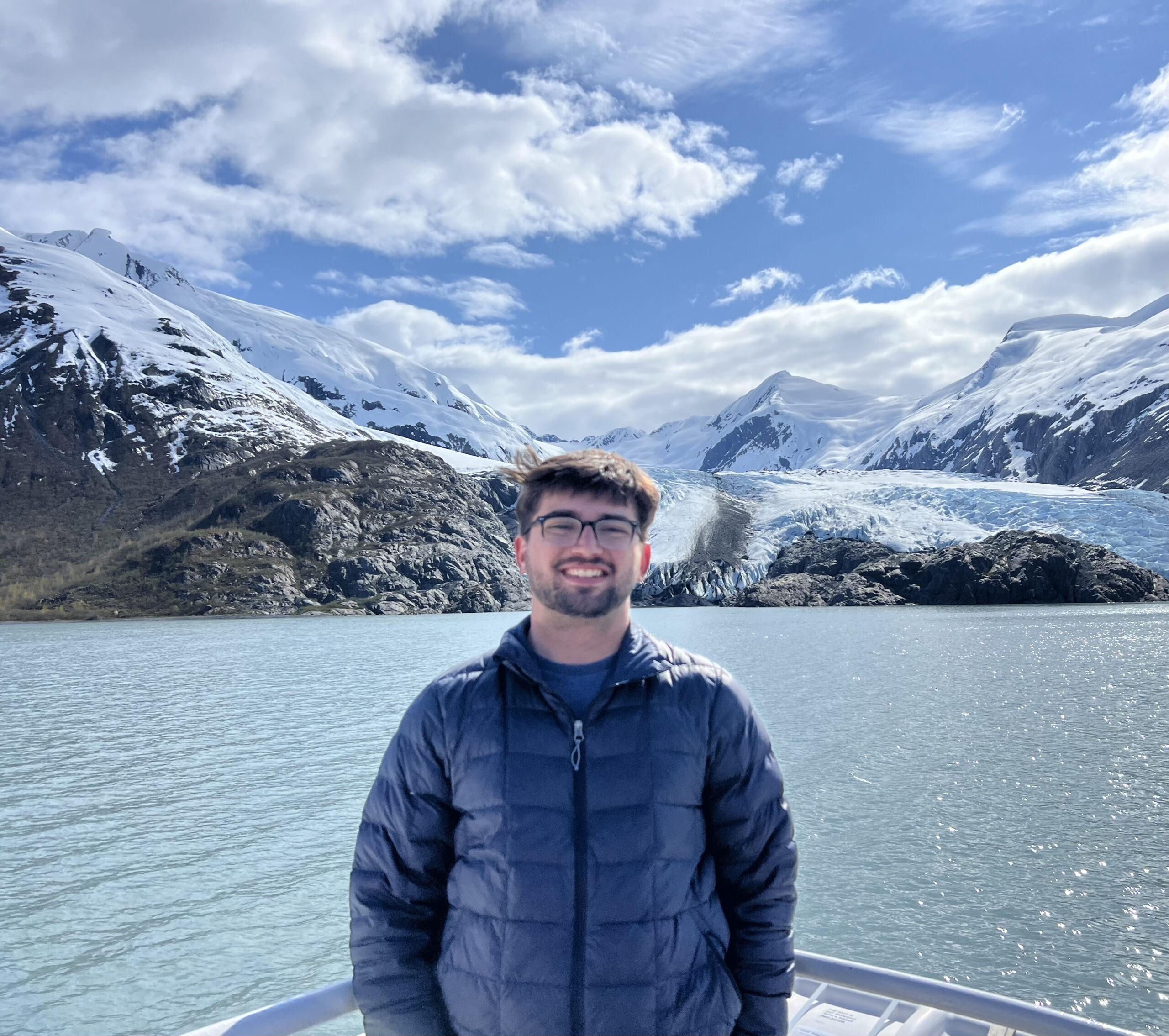South Atlantic Regional Commercial Fishing Academy and Apprenticeship Program
A Career Jumpstart for Harvesting Fresh Seafood

October is National Seafood Month and a time to highlight the health benefits, sustainability, and culinary diversity of seafood. For North Carolina, seafood is a key industry providing over $300 million in economic impact across the state. However, commercial fishing fleets are aging and shrinking as younger people explore careers outside the industry. This “graying of the fleet” threatens the resilience of the nation’s seafood industry.
“Conversations with industry professionals in recent years have indicated there is a lack of reliable, competent, and consistent help, which threatens the viability of their seafood operations,” says Sara Mirabilio, a fisheries extension specialist with North Carolina Sea Grant.
To address this concern, Mirabilio partnered with Sea Grant extension professionals in South Carolina and Georgia as well as Carteret Community College’s Marine Trades program and the Alaska Marine Safety Education Association (AMSEA) in March to offer a unique program to prepare new entrants into the South Atlantic commercial seafood industry. This program – the Commercial Fishing Academy – provided skills and credentials needed to stand out in the field, and inclusive of on-water paid apprenticeships.
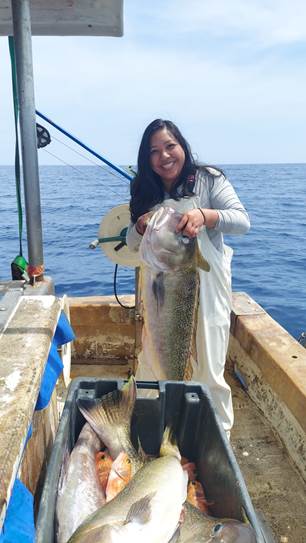
Mirabilio explains that, “Fisheries stakeholders have indicated that field-based, hands-on learning alongside established industry mentors is essential to individuals aspiring to work in the commercial seafood sector, suggesting apprenticeships as a pathway to cultivate the necessary skillset.”
While several commercial fishing apprenticeship programs exist in other parts of the U.S. and abroad, no such programs exist in the South Atlantic Region.
In the inaugural program offering, 13 participants completed 48 hours of classroom instruction, and 11 of these graduates each experienced 100 hours of industry apprenticeship. Industry hosts included:
- Endurance Seafood – Oriental, NC
- Captain Jim’s Seafood Market – Morehead City, NC
- Miss Gina’s Fresh Shrimp – Beaufort, NC
- Family Tithes, LLC – Sneads Ferry, NC
- Seaview Crab Company – Wilmington, NC
- Seven Seas Seafood Market – Murrells Inlet, SC
- PWY II Seafood, LLC – Mount Pleasant, SC
- Abundant Seafood – Mount Pleasant, SC
- F/V Four Lane – Townsend, GA
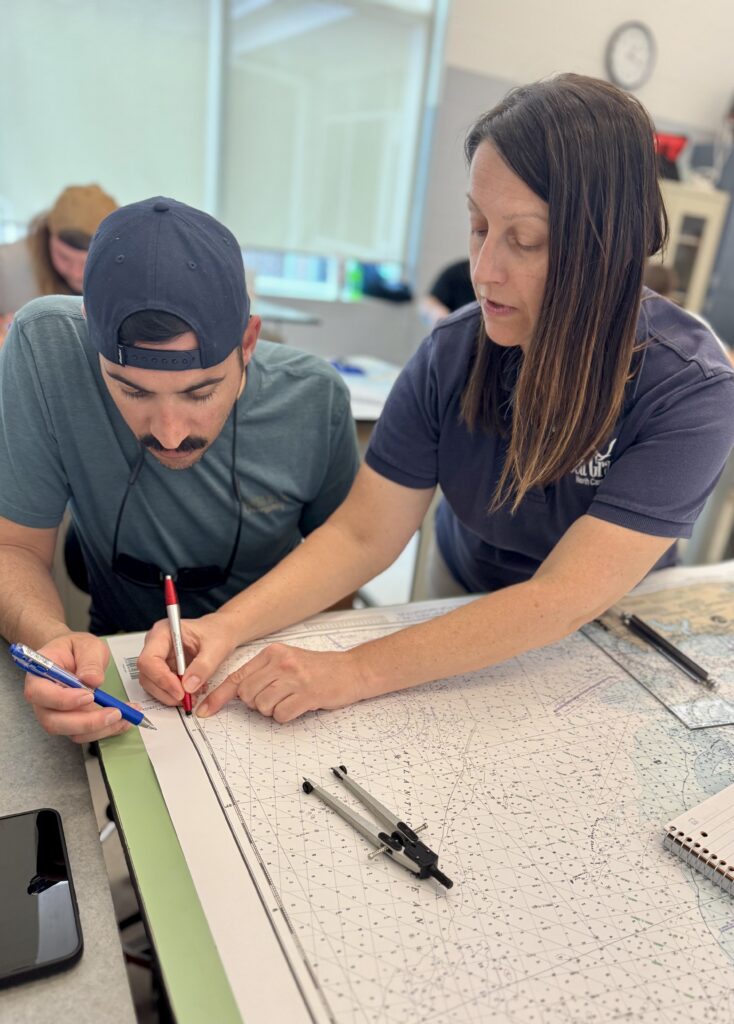
Course topics ranged from navigation and seamanship to maintenance of marine diesel and outboard engines, along with fish ID and the basics of fisheries management and regulations. In addition to identified safety skills, other topics included liability, financial literacy, and business management. The partnership with AMSEA provided each enrollee with over 10 hours of U.S. Coast Guard-approved marine safety training.
“The notion of just being a ‘good fisherman’ is not enough to remain successful in the industry anymore,” explains Mirabilio. “Demonstrating sound business practices and being financially literate, along with possessing a mix of relevant technical skills, is essential to prosper in the industry these days.”
While training is key, career development is also an important aspect of supporting the next generation of individuals who make their living off the water. “The apprenticeship opened up several opportunities in seafood, including part-time work, and helped me establish a good relationship with a large seafood buyer in my area,” said one participant.
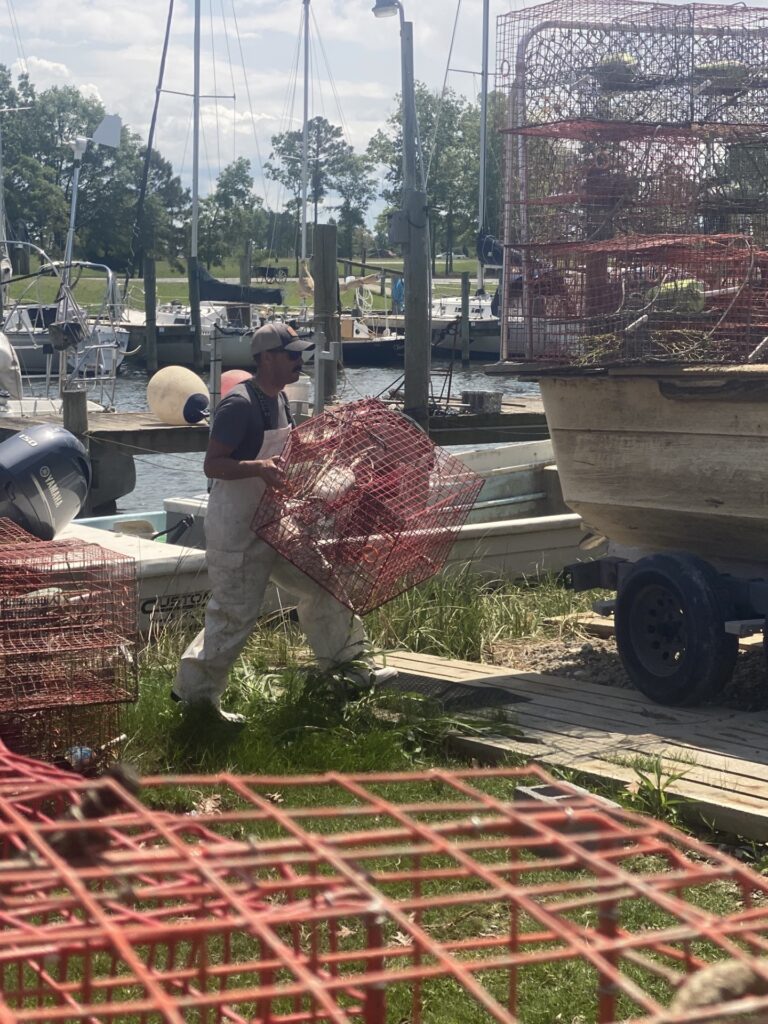
To date, five graduates have landed full-time jobs within the commercial seafood industry. Three graduates are working the water for supplemental income, with one having already received a N.C. Standard Commercial Fishing License (SCFL) and another applying through the SCFL Eligibility Pool.
“This program has definitely helped me realize that the seafood industry is something that I really want to be part of,” said another participant. “I’m excited to apply the things I learned while in the program…I have been provided [with] people and resources to help me find a place [where] I fit.”
The Academy benefited not only participants, but also participating businesses. When asked about what the most valuable/rewarding aspects of the apprenticeship were, one host seafood business owner said, “I was blessed to be connected with good men who have become friends. These people have a long-term goal, and I will be able to help them achieve it.”
“I think the academy gave the students the tools to venture out into the commercial fishing world, but without the apprenticeship, there would be no nuts and bolts on how, where, or when to try to catch fish,” he remarked, reflecting on the usefulness of the overall program.
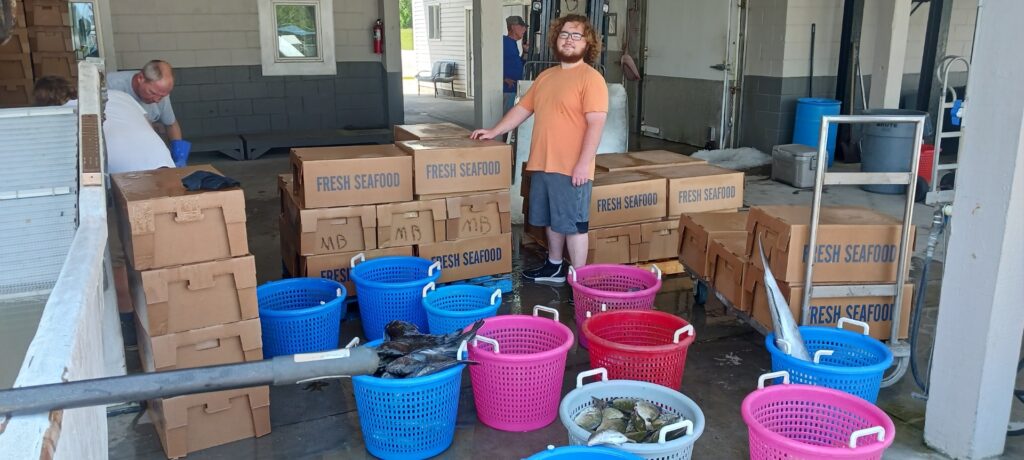
The apprenticeship program was made possible through grant funding to NC Sea Grant from the National Oceanic and Atmospheric Administration’s Sea Grant Office funding opportunity, “FY23 Young Fishermen’s Career Development Projects.”
Learn more about the Commercial Fishing Academy and other efforts securing the future of NC’s seafood industry: https://ncseagrant.ncsu.edu/securing-the-future-of-north-carolinas-seafood-industry/


